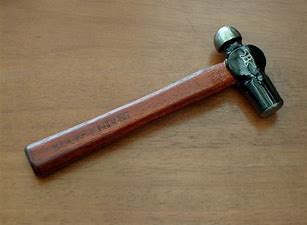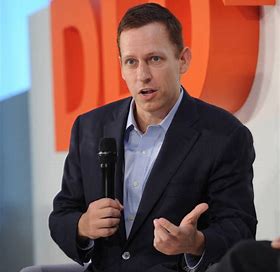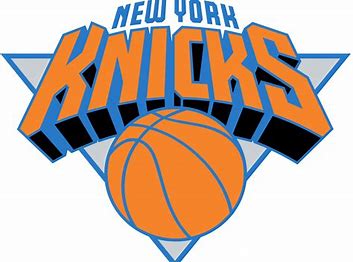Mr. Brand Hammer.
Yesterday I coined the term Mr. Brand Hammer – a reference to the axiom “to a hammer everything looks like a nail.” Mr. Brand Hammer (that’s me) smells a new business name.
It’s a curse being Mr. Brand Hammer, surfing the ether, watching commercials, reading the paper, with an always-on need to make sense of brands and their strategy. It’s like living in a world of generic, plain yogurt. Colorless. Tasteless. Sluggish. Mr. Brand Hammer constantly evaluates how marketers are differentiating their product and services. Asking what’s the plan? When watching Geico commercials everything is humor and call-to-action. Buy us, get a quote from us. But where’s the why? Mr. Brand Hammer understands it’s not easy creating thousands and thousands of pieces of selling content…you run out of ideas. But you should never run out of strategy.
What’s The Idea? is a business consultancy built around brand strategy. What’s the brand claim? What are the brand proof planks (evidence of the claim)? The lack thereof in marketing drives me crazy. And you can tell it also drives marketers crazy. More often than not there is no discernable plan for selling. For building a brand.
More cowbell. More gecko.
Peace.









